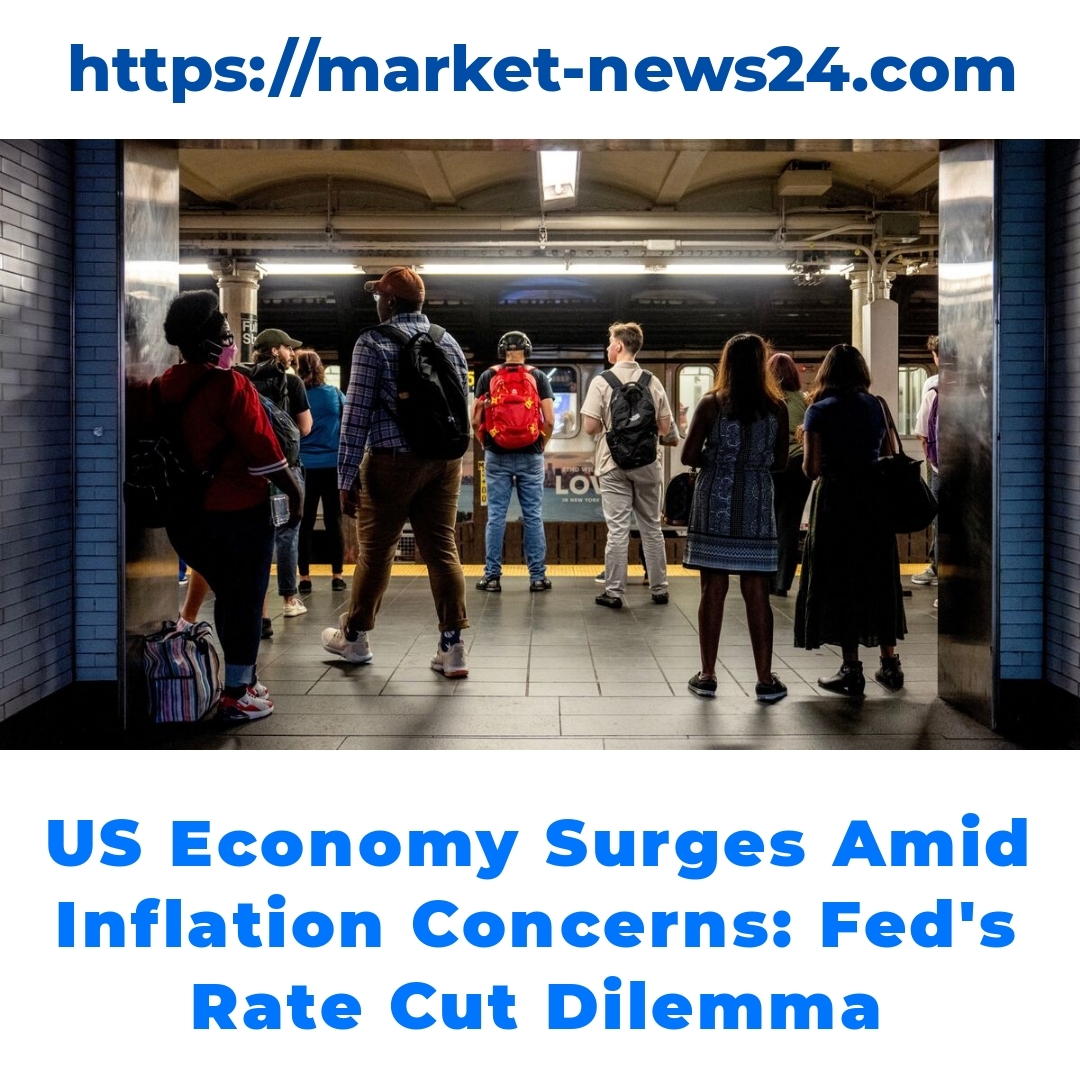Amid rising inflation pressures, the US economy faces significant challenges that shape its monetary policy. This article explores the “no landing” scenario—a concept gaining attention as it affects the economic landscape. By understanding this scenario, we can better comprehend the implications for growth and the broader US economy.


Understanding the “No Landing” Scenario
The “no landing” scenario is a term that paints a picture of an economy steadily cruising without a downturn. In simple terms, it suggests that the US economy can continue to grow without hitting a bump or facing recession. One key characteristic of this scenario is the consistent economic expansion despite rising inflation pressures. However, this concept has faded as a topic of discussion among bond-market analysts in recent months. Investors and economists are starting to see some changes, adjusting expectations and reassessing economic growth for the US economy.
Looking back, there have been times when similar situations arose, leading to robust growth or, at times, unexpected turns. The future outlook for the US economy remains uncertain, but the notion of a smooth, uninterrupted expansion seems less likely now as challenges emerge.
The Role of Inflation in Economic Growth
To understand the dynamics at play, it’s crucial to analyze the impact of inflation on the US economy. Oftentimes, inflation can act as a double-edged sword. On one hand, controlled inflation can stimulate economic growth by encouraging spending. Consumers are more likely to purchase goods now rather than waiting for higher prices later. Businesses, on the other hand, might invest more if they perceive that demand will stay strong due to rising prices.
However, when inflation rises too quickly, it also creates challenges. Prices for everyday goods can squeeze consumers’ budgets, prompting them to cut back on spending. This top-down approach influences business investments, as companies may hesitate to expand under the weight of increasing costs.
Federal Reserve’s Position on Interest Rates
When we look at the Federal Reserve’s strategies in managing inflation while fostering growth, it’s important to note their role in the US economy. Recently, the Federal Reserve has been faced with difficult decisions concerning interest rates. Higher interest rates can combat inflation but can also slow down economic growth. If the Fed sees that inflation is unchecked, they might decide to raise interest rates again, even if it means sacrificing growth in the short term.
Limited room to cut interest rates is a significant concern. If the Fed has already raised rates substantially, they may not have many tools left to stimulate the economy if needed. As such, they must tread carefully, balancing the risks of inflation with the potential for stalling growth.
The Bond Market’s Reaction to Economic Data
Next, let’s dive into the bond market’s response to the ever-shifting economic landscape. In a growing economy, trends in the bond market can provide insightful clues. Bond yields reflect investor expectations about future interest rate movements and overall economic stability. When economic data indicates growth, bond yields often rise. Investors anticipate that the Federal Reserve might consider increasing interest rates to combat inflation.
The correlation between inflation, economic growth, and interest rates plays a vital role in shaping bond market reactions. If the inflation is rising, it may lead to an increase in interest rates, resulting in lower bond prices. Conversely, stable growth without aggressive inflation can keep bond yields steady.
Implications of the No Landing Scenario for Monetary Policy
Exploring the implications of the no landing scenario for monetary policy reveals several complexities. If the economy continues growing, the Federal Reserve could find itself in a tough spot. Sustained growth could complicate their monetary policies as they try to manage inflation without derailing economic progress.
Fiscal policy also comes into play, as lawmakers navigate the challenges posed by rising prices and potential growth limits. The US economy could face a mixed bag of conditions, and policymakers must remain proactive to ensure the stability of both inflation and growth.
Conclusion
In summary, the interconnectedness of the US economy, inflation, the Federal Reserve, the bond market, and interest rates creates a dynamic environment that can shift rapidly. Keeping a close eye on these factors allows us to better understand the economic landscape as it evolves. As we look ahead, it’s crucial to stay informed about current trends and potential future developments that could shape the US economy.
FAQ Section
What is the “no landing” scenario?
The “no landing” scenario refers to the idea that the US economy can continue to grow steadily without experiencing any downturns or recessions. It suggests uninterrupted economic expansion even in the face of rising inflation pressures.
Why has interest in the “no landing” scenario faded?
Discussion around the “no landing” scenario has decreased among bond-market analysts as investors and economists start to see changes and adjust their expectations for economic growth.
How does inflation affect economic growth?
Inflation can encourage spending by prompting consumers to purchase now rather than wait for higher prices. However, rapid inflation can strain consumer budgets, leading to reduced spending and hesitance from businesses to invest.
What role does the Federal Reserve play in managing inflation?
The Federal Reserve manages inflation through interest rate adjustments. Raising rates can curb inflation but may also slow economic growth, making their decisions challenging.
What are the implications of sustained economic growth for monetary policy?
Sustained economic growth complicates the Federal Reserve’s policies as they strive to manage inflation without hindering progress. Lawmakers are also faced with balancing rising prices and potential growth limits through fiscal policy.
How do bond yields react to economic changes?
In a growing economy, bond yields often rise as investors anticipate increased interest rates to tackle inflation. If inflation rises, interest rates may increase, leading to lower bond prices.





